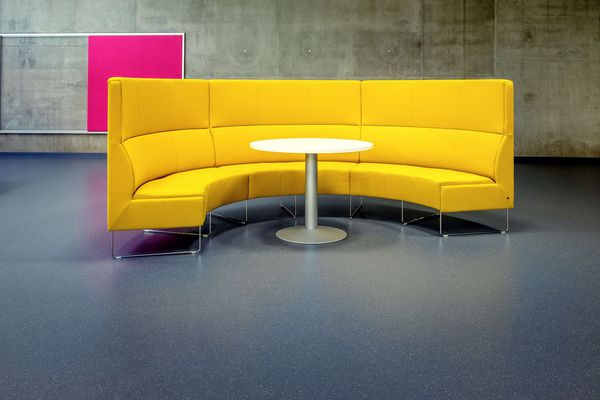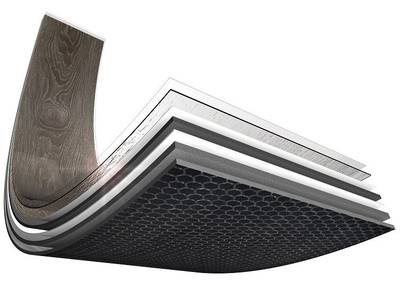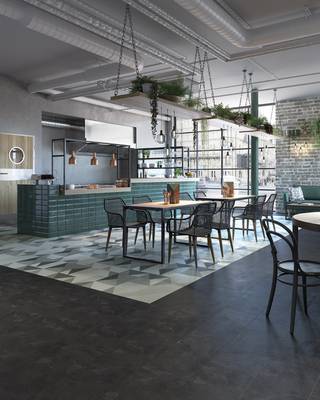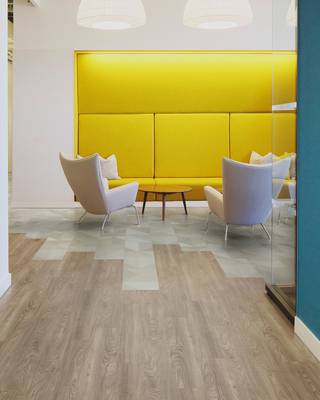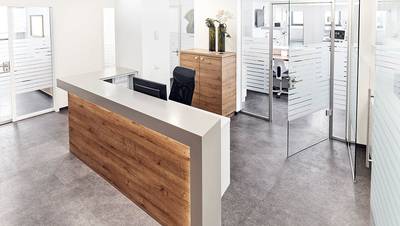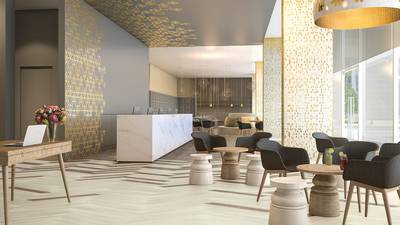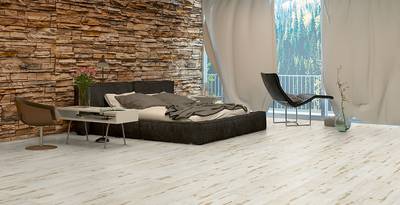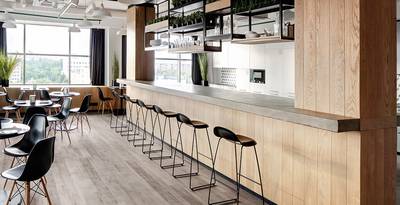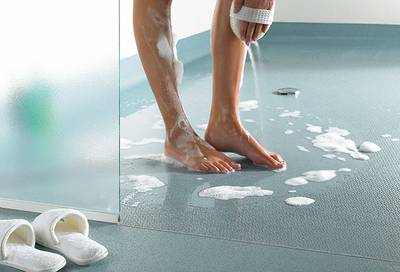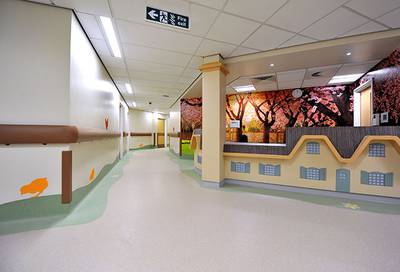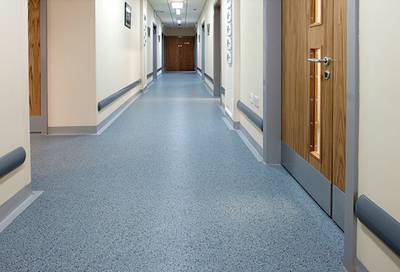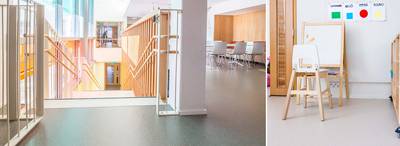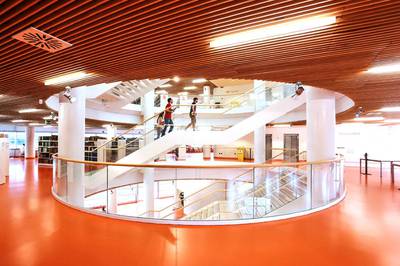These terms are probably most often used in connection with vinyl and PVC floors. In this category of floor coverings there are representatives of both groups, i.e. both homogeneous and heterogeneous vinyls. What exactly does that mean and what is the difference between them?
Heterogeneous floors
Heterogeneous floor covering consists of several different layers (which are thermally compressed to each other), most often these (from top to bottom):
The number and composition of layers varies depending on the type of floor, there may also be cork as acoustic insulation, a layer with glue for self-adhesive floors or a click system with a milled groove for a locking method of installation.
Heterogeneous floors are mostly produced in the formats of planks and tiles. Typical representatives are the German vinyl floors Expona Commercial, Expona SimpLay, Project Floors collection or Cavalio. An exception is, for example, Expona Flow, which, as one of the few heterogeneous floors, is delivered in rolls (width of 2 meters).
Vinyl floors in online catalog
Homogeneous floors
Homogeneous floor covering, unlike the above-mentioned types, consists of only one layer, which is uniformly colored throughout its thickness.
Homogeneous vinyl floors also include very specific types, such as:
These vinyl floors are therefore an excellent choice for areas with specific requirements, which are often determined directly by legal standards and norms.
Unlike heterogeneous floors, they usually come in rolls, so it is also easier to carve different shapes and work with different colors.
Homogeneous vinyl floors are more elastic, they can also be installed in a special way without joints due to higher hygiene demands.
They can meet the highest load classes and, moreover, thanks to the coloring in their entire thickness, any surface scratch will not be visible at all.
Typical representatives of homogenous floors are, for example, Estrad or Quartz contract vinyls from the Swedish company Kahrs or Artigo - highly resistant Italian rubber floors.
Rubber floors in online calatog
